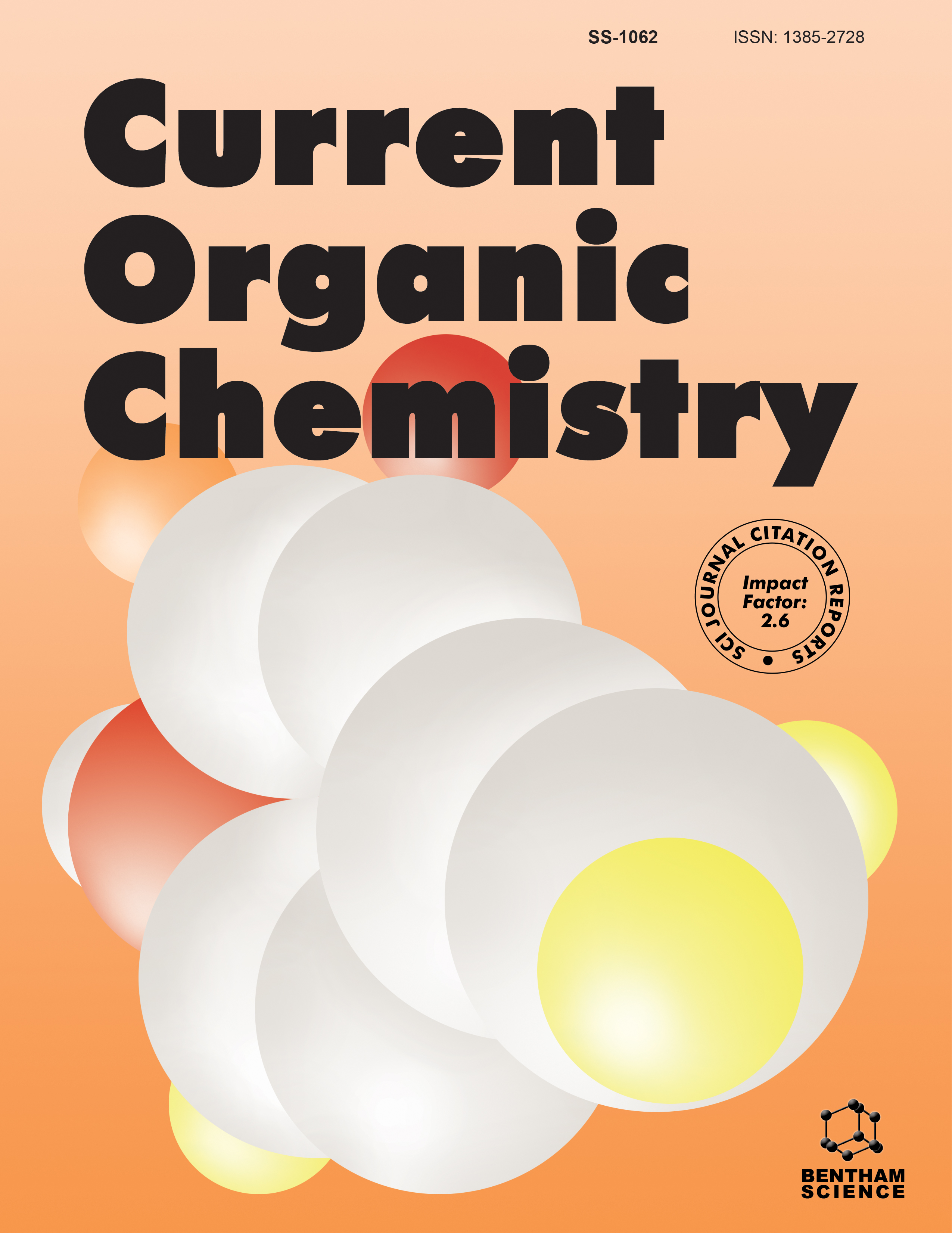-
oa Editorial [Hot Topic: Chemistry of Carbon-Based Nanostructures and Applications in Nanotechnology (Guest Editor: Dimitrios Tasis)]
- Source: Current Organic Chemistry, Volume 15, Issue 8, Apr 2011, p. 1105 - 1105
-
- 01 Apr 2011
- Previous Article
- Table of Contents
- Next Article
Abstract
Synthetic carbon allotropes have received a lot of attention from the scientific community during the last 25 years. In addition to the more explored fullerenes and carbon nanotubes, other carbon nanostructures such as graphenes, nano-onions, nanohorns and endohedral structures have attracted great interest. Concerning the chemistry aspects of carbon-based nanostructures as well as their potential applications in nanotechnology, there have been a few thematic issues in peer-reviewed journals, covering exclusively either fullerene materials (M. Prato, N. Martin, eds. J. Mater. Chem. 2002, 1931-2159) or carbon nanotubes (R. C. Haddon, ed. Acc. Chem. Res. 2002, 997-1113). In addition, during the last 5 years, there is a drastic increase of published works appearing in the related literature (about 40000 scientific papers), three quarters of them dealing about carbon nanotubes. This huge amount of work stems from the expectations that carbon-based nanostructures have potential applications in different fields ranging from materials science and molecular electronics to biological and biomedical applications. When my proposal of a special issue entitled “Chemistry of carbon-based nanostructures and applications in nanotechnology” for Current Organic Chemistry was approved by the Editor-in-Chief in mid 2009, I was very excited to organize the edition of this special issue. Finally, six (6) papers from different universities and institutes were collected for publication with respect to different themes in the chemistry and applications of carbon-based nanostructures. These groups are active in the research of carbon-based nanostructures and try to show the state of the art in specific fields of nanotechnology. The review article of Baibarac et al. (Romania - France) deals with the development of composite materials based on carbon nanotubes and conjugated polymers (contains 173 references). The different types of composites, the new protocols used in their synthesis as well as their vibrational properties (FT-IR, Raman scattering) are described in detail. The review provides also information on desirable composite properties specific to applications in the fields of energy storage, optical limiting and electron field emission devices, transistors, conducting textiles, sensors and rewritable devices. In his contribution, Campidelli (France) describes how the emerging field of “click chemistry” has the potential to provide an elegant protocol to prepare carbon nanotube-based functional materials (contains 64 references). In particular, the Huisgen 1,3-dipolar cycloaddtion catalyzed by Cu(I) is demonstrated and is shown to produce nanotube-based innovative materials. Garcia and co-workers (Spain) describe synthetic strategies to obtain covalently functionalized carbon nanotubes with photoactive functionalities (contains 61 references). The authors show that tubes can act as electron acceptor as well as electron donor subunit. These photoactive materials have a large potential in optoelectronic applications requiring nanometric components and particularly photovoltaic cells. In their contribution, Porfyrakis and co-workers (UK) review the current state-of-the-art in the synthesis and chemistry of endohedral fullerenes with particular focus on endohedral nitrogen fullerenes, such as N@C60 (contains 64 references). In the review of Spitalsky et al. (Slovakia) the chemistry of graphene is discussed in detail (contains 127 references). The covalent chemical reactions that have been performed on individual graphene sheets, the production of graphene oxide with subsequent transformation to reduced graphene, the covalent modification of graphene oxide functional groups and the surface chemistry of the aromatic rings of graphene sheets are documented in detail. The sixth review, prepared by Tagmatarchis and co-workers (Greece), presents an overview of the latest trends in microwave-assisted functionalization of carbon nanostructured materials, covering major breakthroughs achieved in the last years for this novel, intriguing and non-conventional synthetic approach (contains 87 references). I believe this issue has a comprehensive coverage concerning chemistry aspects of carbon-based nanostructures and their applications in nanotechnology. As guest editor, I would first like to acknowledge all the authors who have contributed to this special issue as well as all the referees for their precious comments on improving the quality of the manuscripts. I would like to express a special thanks to Dr. Atta-ur- Rahman, Editor-in-Chief of Current Organic Chemistry for his kind invitation and to Ms. Donia Akhter, assistant manager of the publication department at Bentham Science Publishers, for her help throughout the whole process of editing. I hope that this special issue will be appreciated by chemists who deal with the organic derivatization of nanomaterials.


